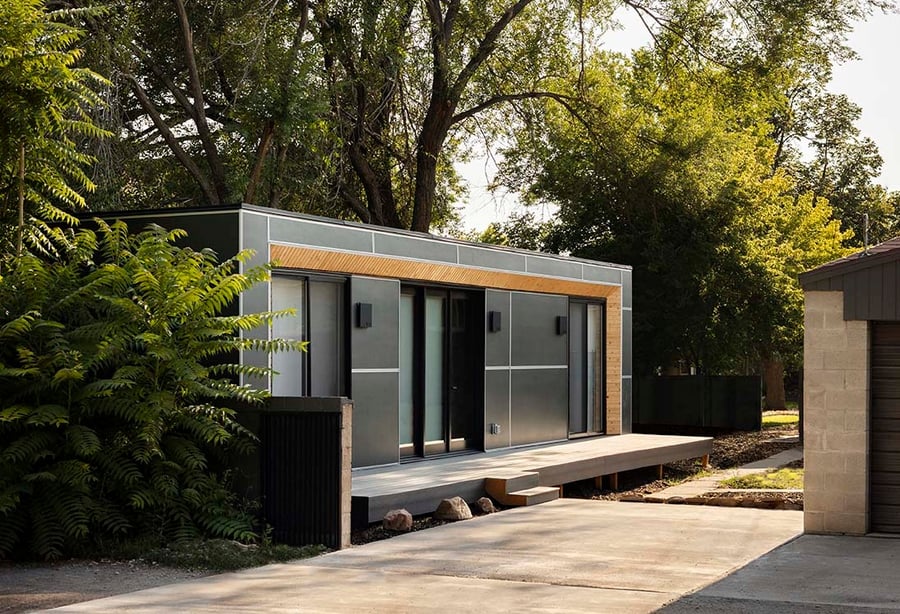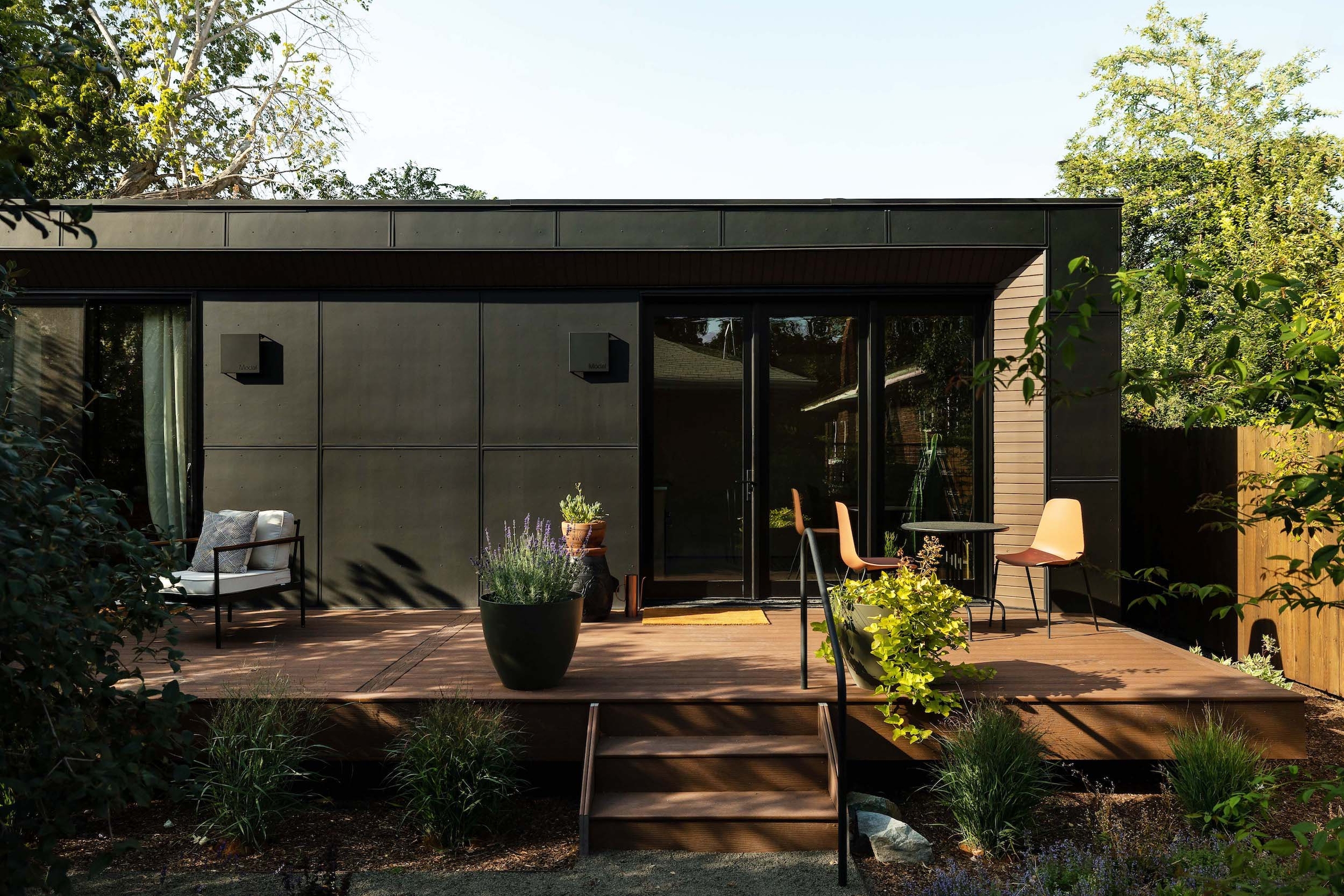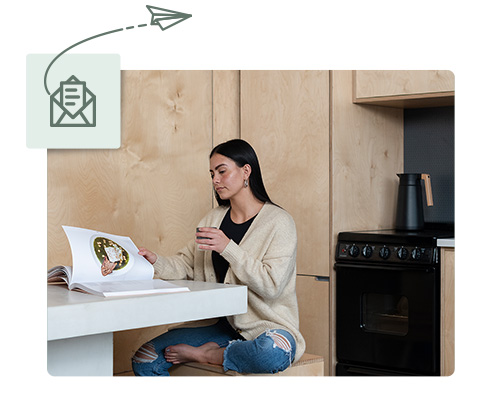
When it comes time to make changes to your property in California, you’ll likely have a dozen questions about zoning, building codes, permits, construction costs, and a mountain of other concerns. We get it! The last thing you want is to run into unexpected fees, high costs, or legal issues associated with your build.
To help you, we’ll identify a few key aspects of building a tiny home in California.
Is It Legal to Build a Tiny Home in Your Backyard in California?
Short answer? Yes. But the long answer is more complex.
See, the legality of anything is in the details. There is no exception when it comes to tiny homes. For example, your tiny home plan could technically be labeled as an accessory dwelling unit (ADU) because it’ll be larger than 400 square feet. Plus, if you’re planning to build on a concrete foundation, you could expect to find the same legal definition.
Recently, SB9 passed in California — which allows for California residents to divide their existing property into up to four units. So, even if you’re only adding on a tiny home for renting purposes, you’re unlikely to face code enforcement challenges.
As long as your tiny home has been registered with California Building Codes (CBC) and meets the requirements to be classified as an ADU, your tiny home should be legally sound!
But the journey to build your tiny home doesn’t end there. Next, we’ll briefly look into ADUs and how where you live impacts your build.
Where You Live Impacts Your Build
Ultimately, where you live in California will largely impact the difficulty or ease of building a tiny home.
Although California has passed statewide bills mandating the approval of ADUs, each city still has its own discretion on specific regulations or limitations. We already wrote about the best and worst cities for building an ADU, but we need to make this next point:
Before you build or put money down on anything, talk to a real estate agent or local zoning authority! You may find that waiting for expert advice saves you from some large expenses.
What Classifies as an Accessory Dwelling Unit?
Your tiny home will add value to your life and property but only if it’s built correctly — which can be a challenge.
To help you start, check out this resource from the California Department of Housing and Community Development (HCD) to learn about legal definitions, new legislation, and building tiny homes that are classified as ADUs. There, you’ll find relevant information about how ADUs and prefab tiny homes are being treated in the legal system and real estate market.
At Modal, we provide affordable, full, turnkey modular construction, installation, and permitting services. We handle the most challenging parts of permitting, building, and installing your beautiful ADU so that you don’t have to lift a finger.

Building vs. Buying Your Tiny Home in California
Since tiny homes typically cost less than regular housing units, it’s more common to ask if you should build or buy the backyard addition. Not only that, but recent legislation — like SB9 — has been extremely supportive of prefab tiny homes and ADUs. So, ask yourself about amenities, aesthetics, and other headaches.
For some, building might seem appealing: The project should only require 200 square feet, minimal amenities, and proficient carpentry skills.
For most, however, it makes sense to look for beautiful, affordable prefab tiny homes. Although many real estate companies may promise to meet your needs, several customers prefer our solution for the sake of convenience and cost.
Modal’s custom prefab ADUs are modular solutions to your tiny home dreams. We’re able to tailor your product to your needs by offering customizable interior designs, energy-efficient amenities, and high-quality construction materials. From permits to clean-up, you won’t have to worry about a headache or hurdle.
Use our tool to see if you qualify for a prefab tiny home today!
March 17, 2022
